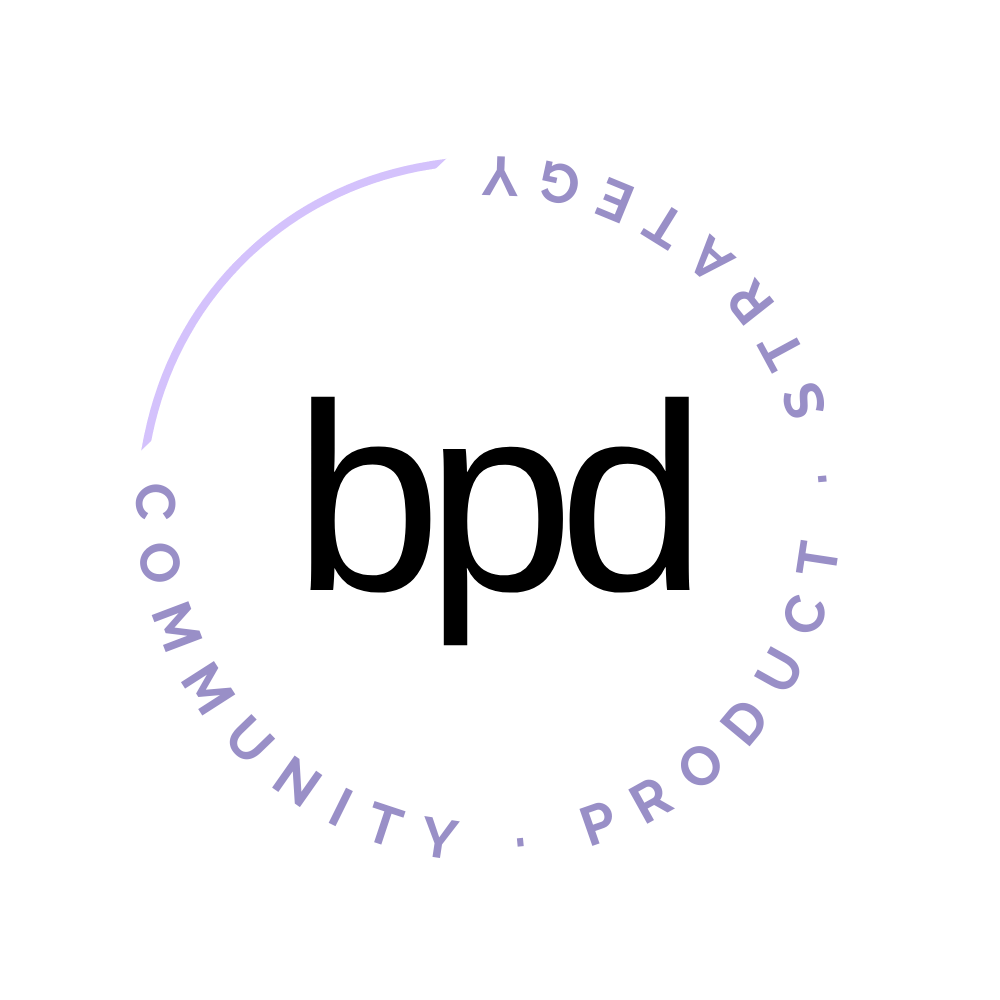#30 Customer Journey Mapping
Last week I asked you to write your foundational problem statement for your business. This was the same homework I gave mastermind attendees. Make sure you do that first and have it handy before diving in.
In the user experience design field, a journey map is an artifact of research that represents the emotional journey of customers. I've taken this concept and adapted it to help you identify gaps in your business to improve, add and remove products from your business strategy.
How I think about customer journey maps:
The customer journey starts in the pre-purchase phase when your prospect customer or audience member becomes problem aware and it can extend through every stage of their transformation.
A customer journey map represents the emotional journey of customers or community members. You’ll then layer on how your product strategy (solutions or products) support them along their emotional journey and transformation.
You can zoom way out to focus on the customer journey throughout your entire business, or you can zoom way in on a specific product or program experience.
How to decide whether to zoom in or out:
Zoom in to focus on a specific product experience. Map it from pre-purchase through post-purchase. Do this when your goal is to improve a specific product in your business. (see how I define products below)
Zoom out to focus on your entire business. Do this if your goal is to extend your customer lifetime value (LTV) and recognize what products to prioritize or de-prioritize.
For the purpose of the workshop at the mastermind, we did the zoom-out version. The exercise below reflects that. If you’re looking for a virtual tool for creating your map, I love Miro!
5 Steps to create your map:
Create & label your axis. Y axis: Customer Emotion, X axis: Customer Transformation. Reference your problem statement to identify the transformation your customer will experience as your business serves them.
Draw a “risk” line halfway between the Y axis (customer emotion). This line represents a risk of the customer dropping off, giving up, becoming unhappy or self-destructing.
3. Map the emotional journey. Put yourself in your customer’s shoes and write down every step of their transformation. Plot each step vertically based on their emotion at that touchpoint. For example, when starting a course someone might feel overwhelmed and unsure if they made the right decision. In this case, you’d plot “Overwhelm / reviews course materials for first time” likely below the risk line.
4. Align your products on the map. Write each of your products on a sticky note and align them at the top or bottom of your map to support where your products fit in your customer journey. If your product doesn’t fit anywhere on the map, then it may be time to retire that product or consider if it is part of a different business all together. (see “what is considered a product” below for help)
5. Review your map. The lowest emotional touchpoints are your biggest opportunities. Ideate how you can better support your customer when they hit their low points. Your objective should always be to lift their spirits, support and serve them. This is the key to increasing customer lifetime value, improving retention and building longevity in your business.
What is considered a product?
In the context of my work and this exercise I like to think about everything in the business like a product. If you measure the performance of it and are investing time in it to move the needle (grow revenue or reach) in your business, it’s probably a product.
I personally focus on digital products (not e-commerce physical products) but e-comm businesses may also have digital products. For example, you might take an online quiz (digital product) about the best candle for your mood before getting an email sequence (digital product) and eventually ordering a candle. Products can be free or paid.
Examples:
Lead magnets + freebies like e-books, templates, e-courses, etc.
Memberships + communities – free or paid
Courses, workshops or trainings
Newsletters or email sequences
Productized services – defined fixed-fee services are products, too
There are a two ways to work with me on your customer journey:
Book a free strategy call to discuss me doing this work for you in your business.
Book a power hour+ workshop to do the live mapping with me 1:1. (productized service 😉)

